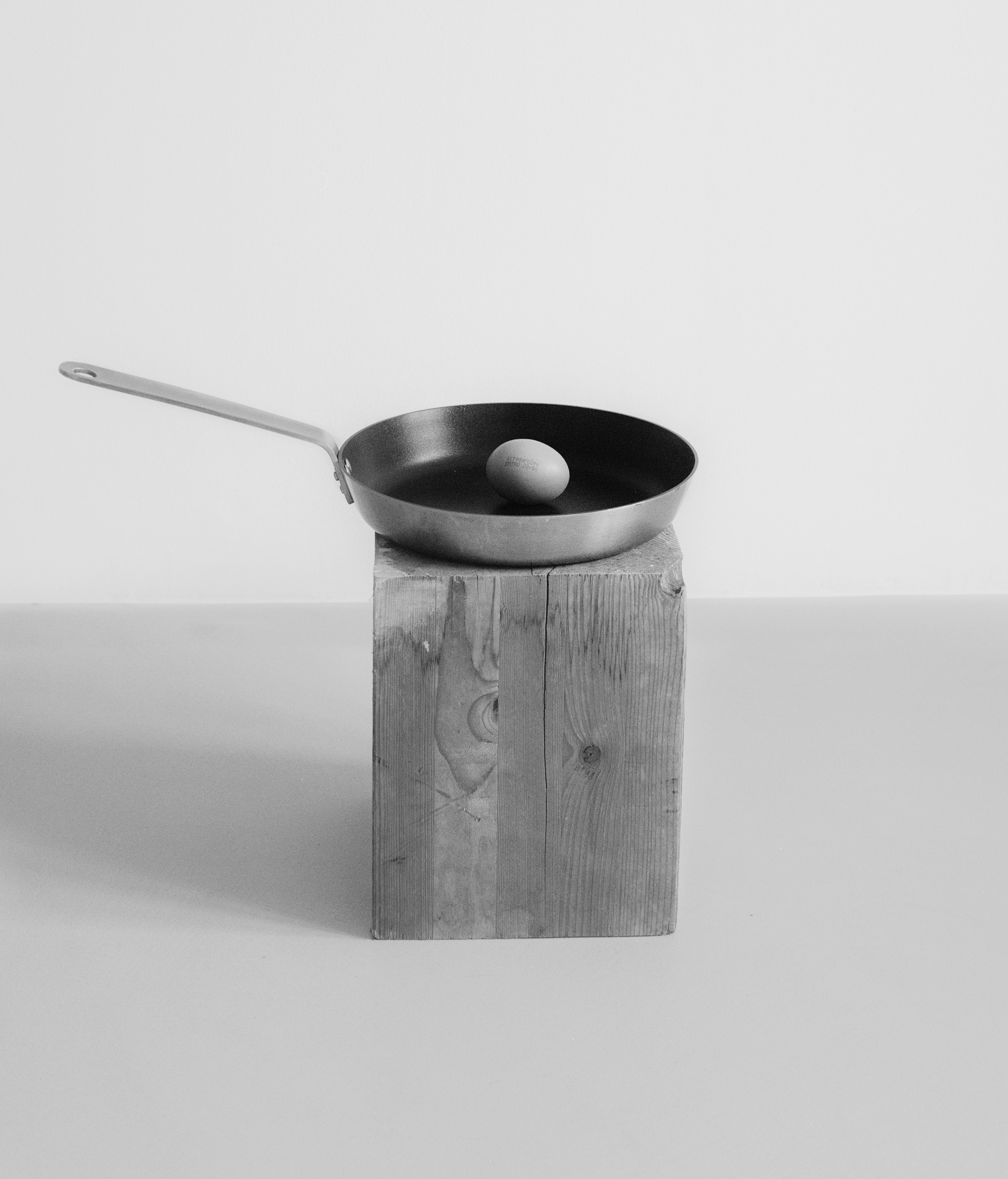
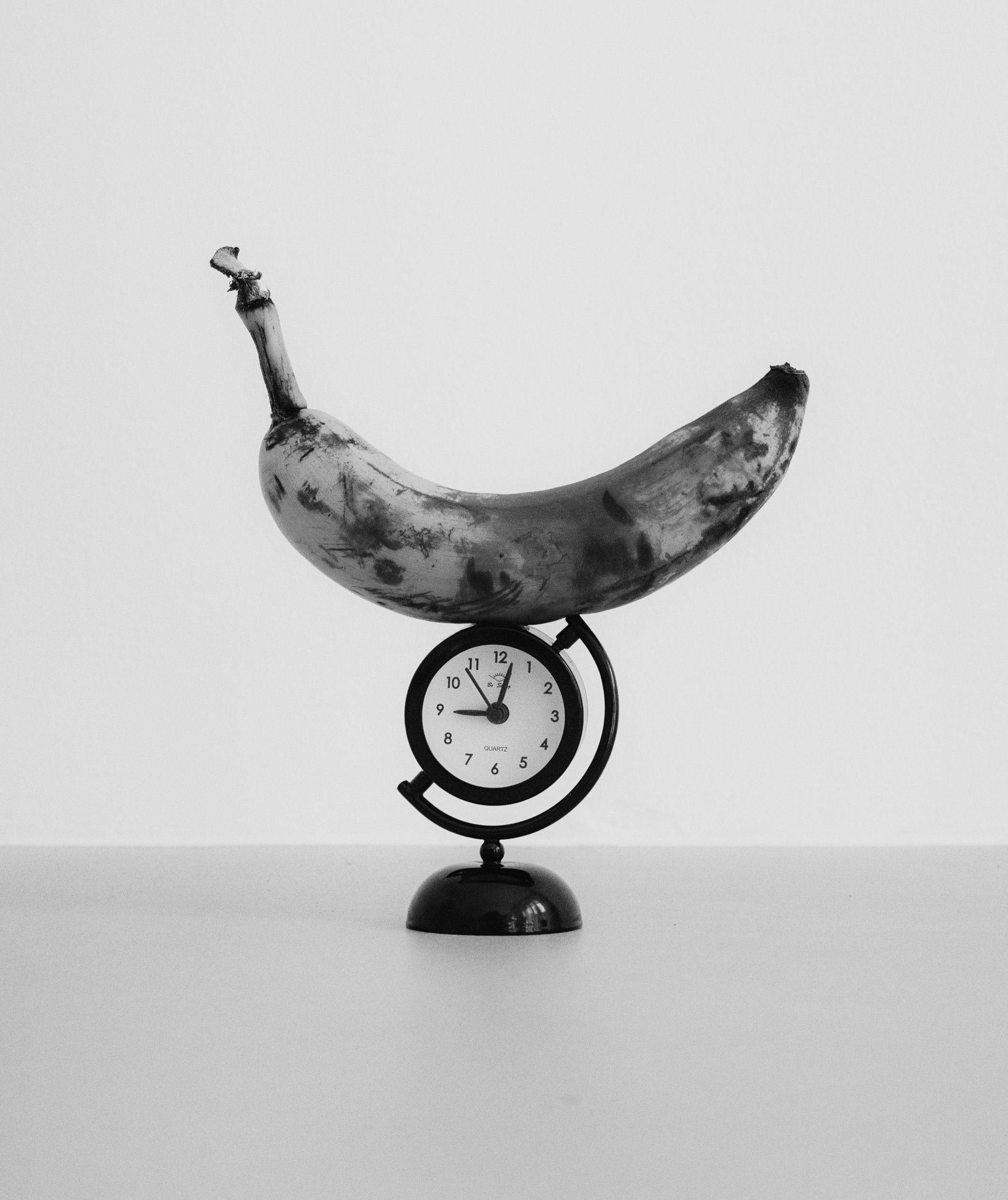
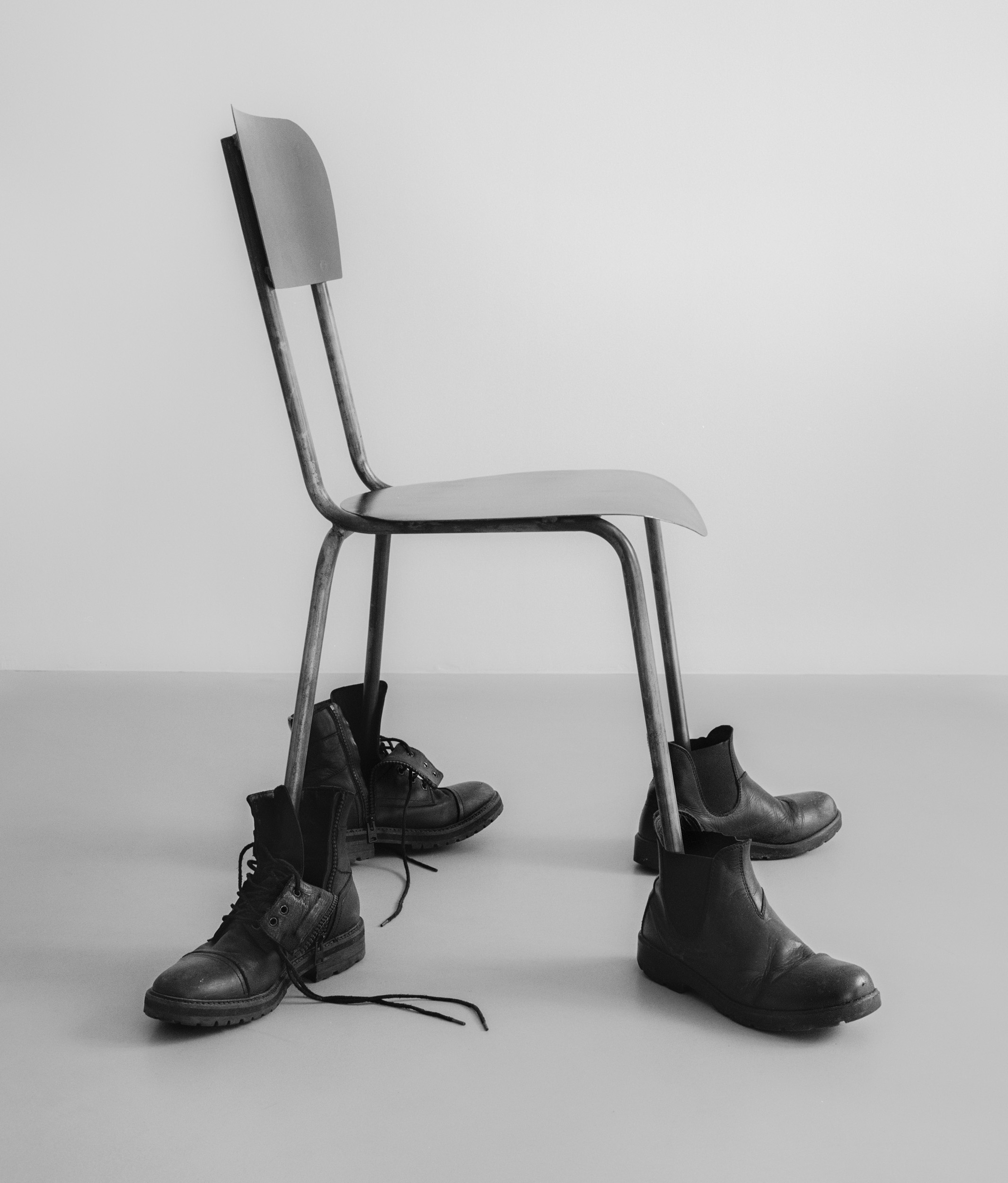
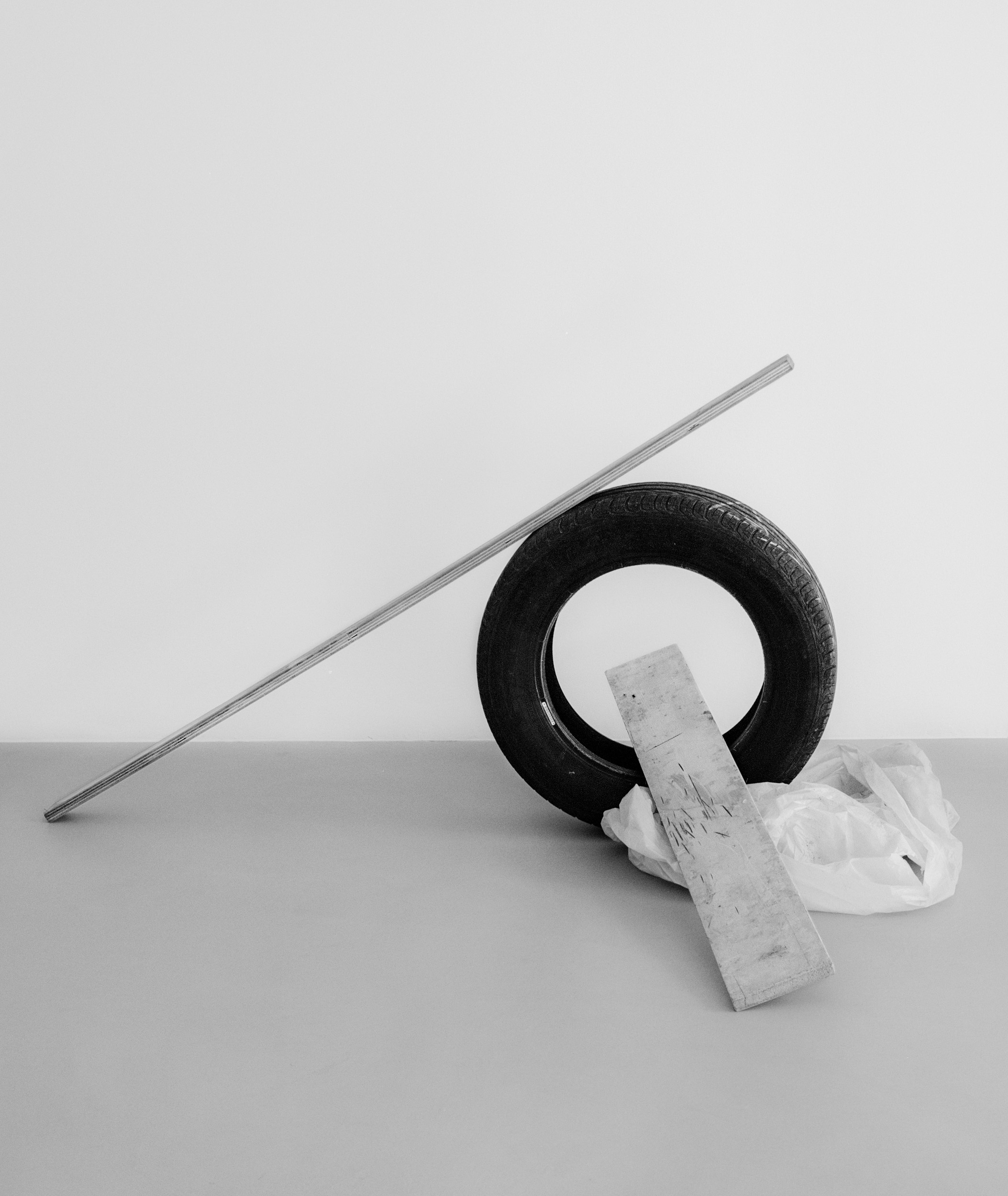
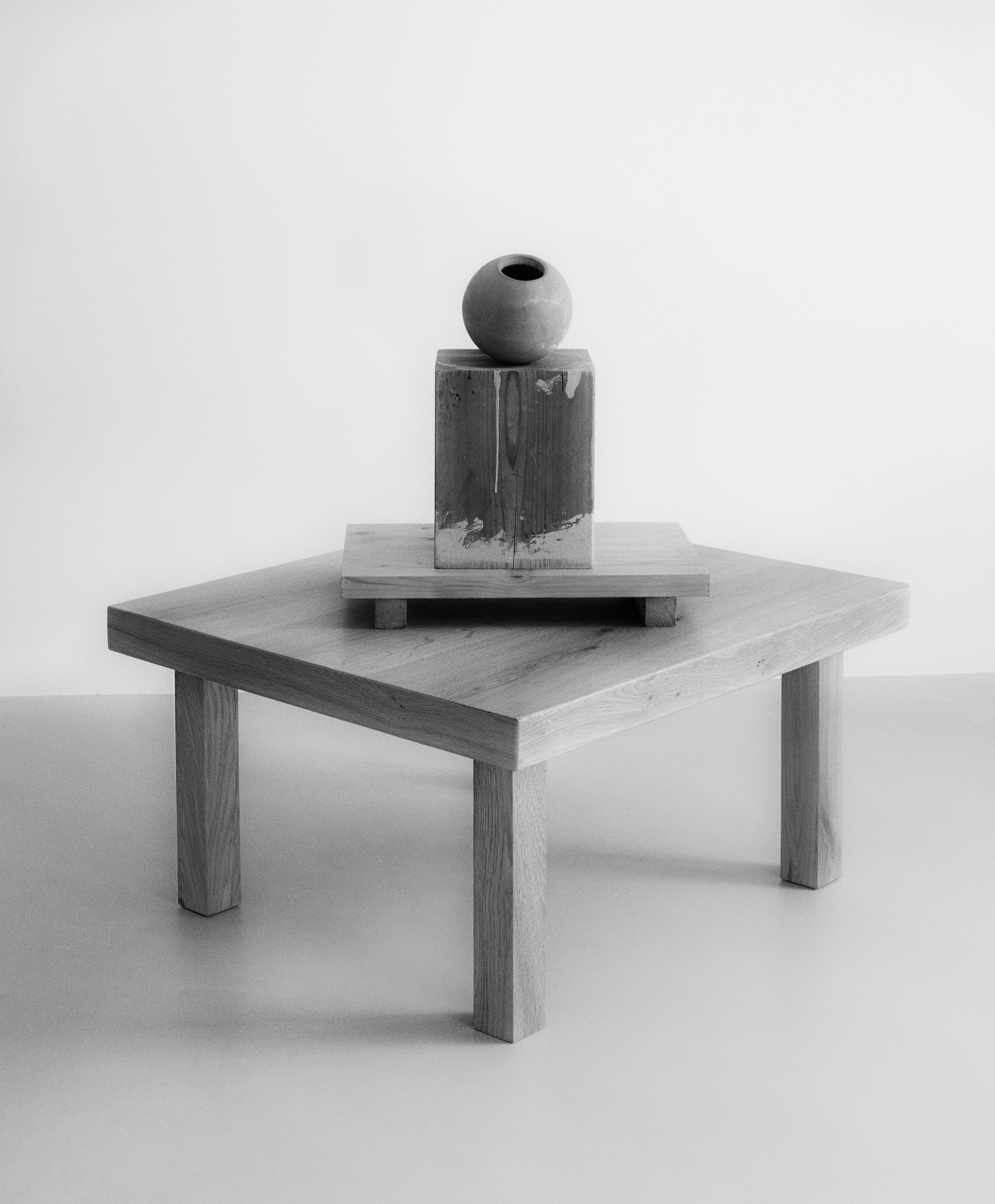
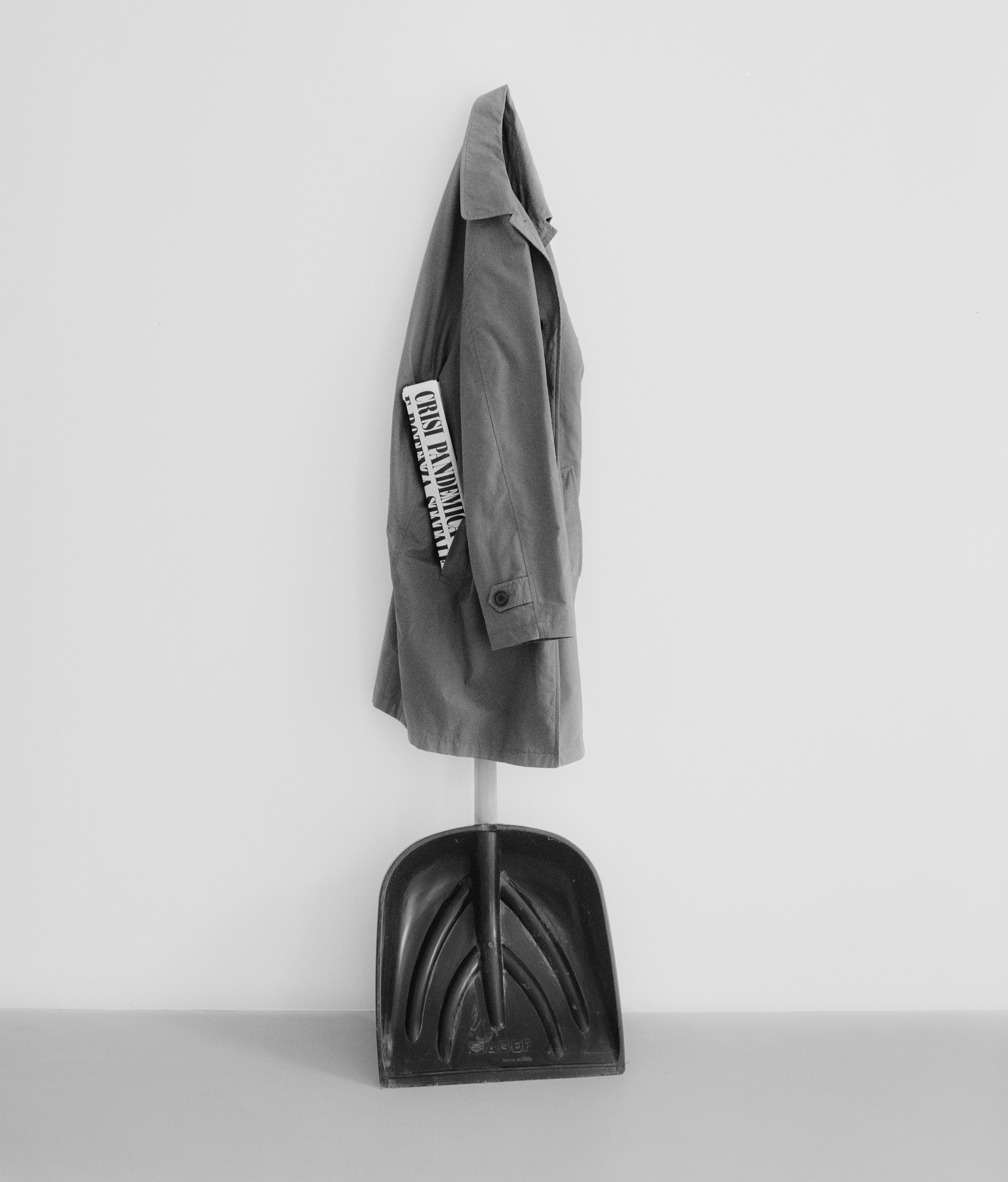
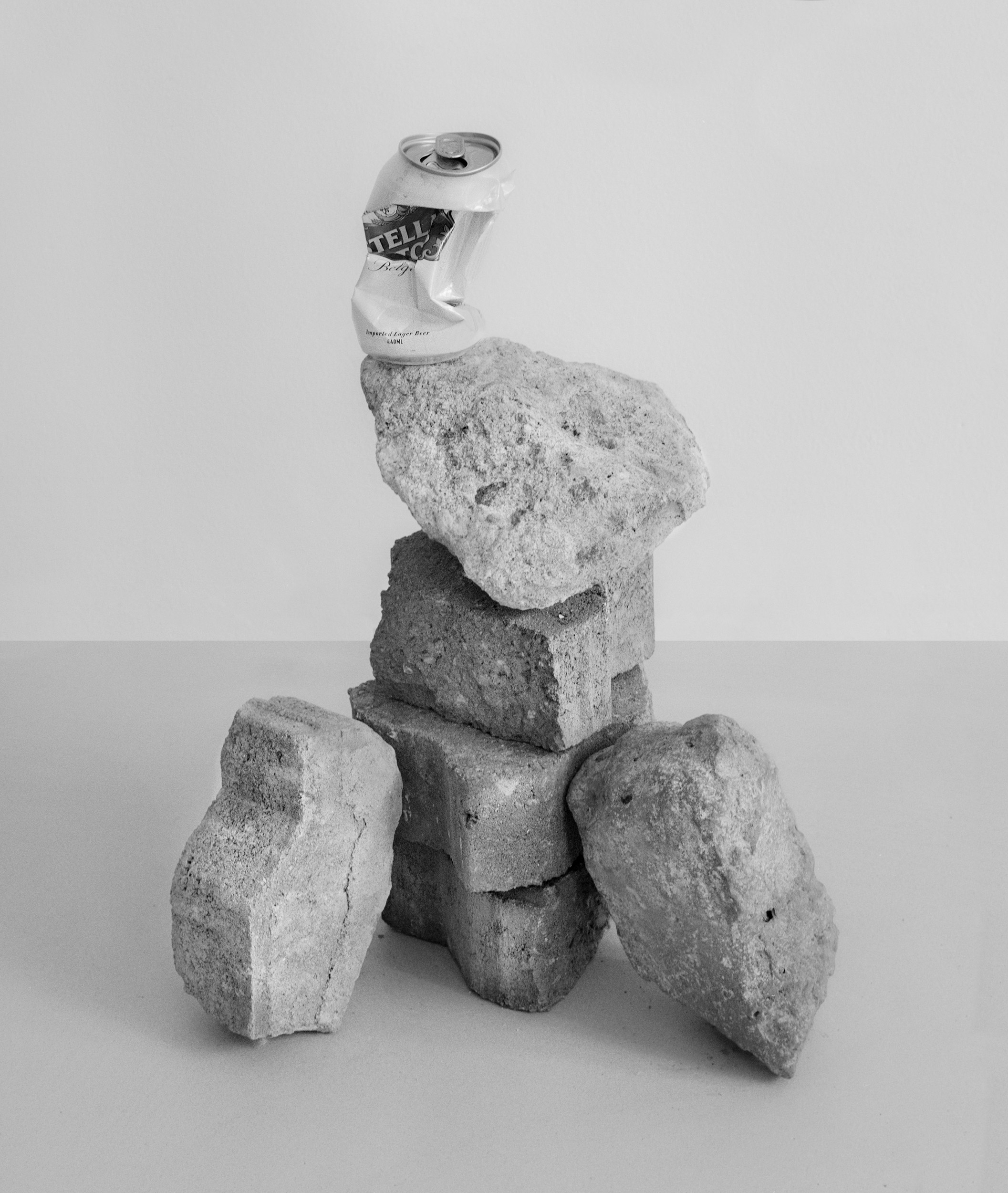
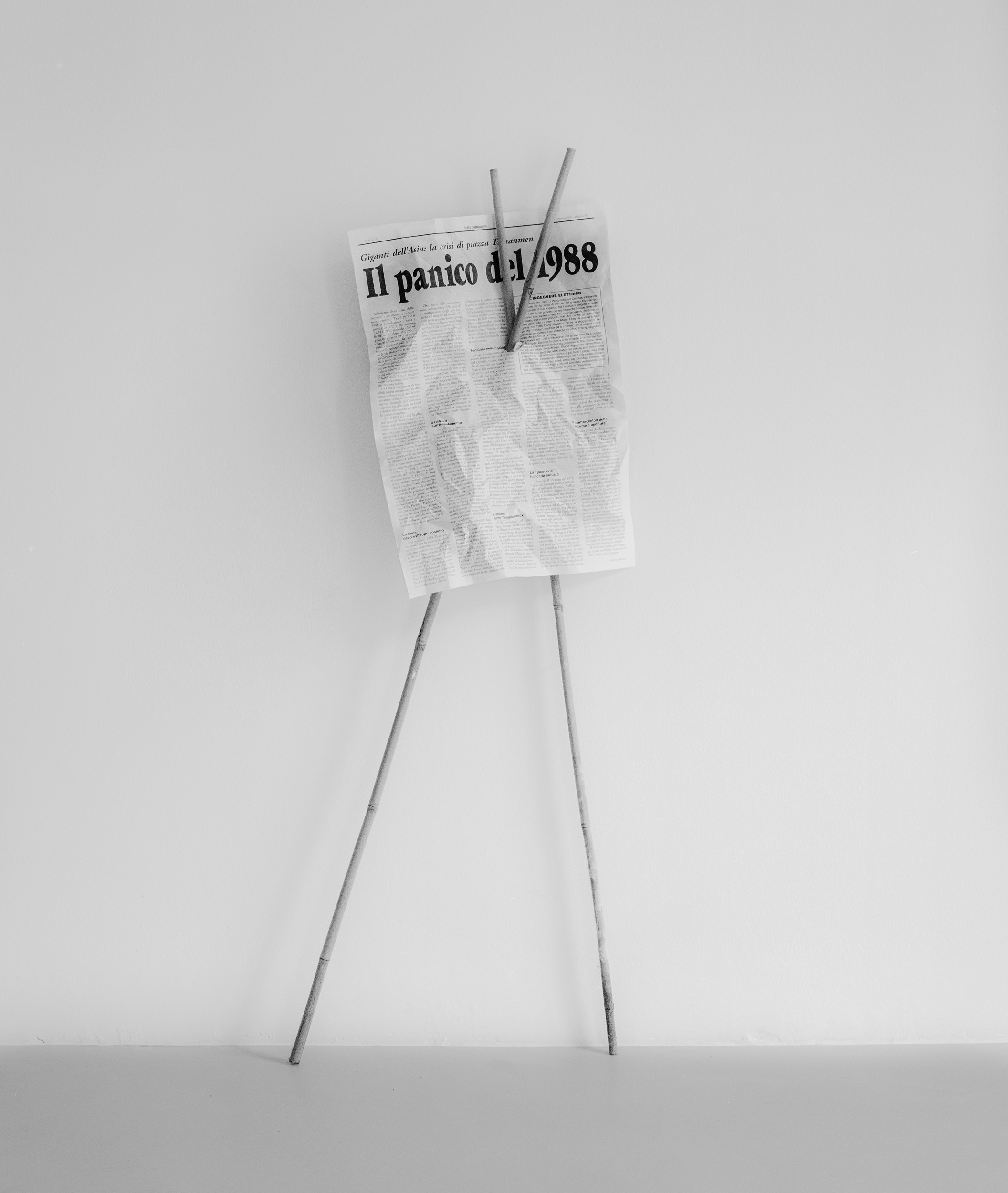
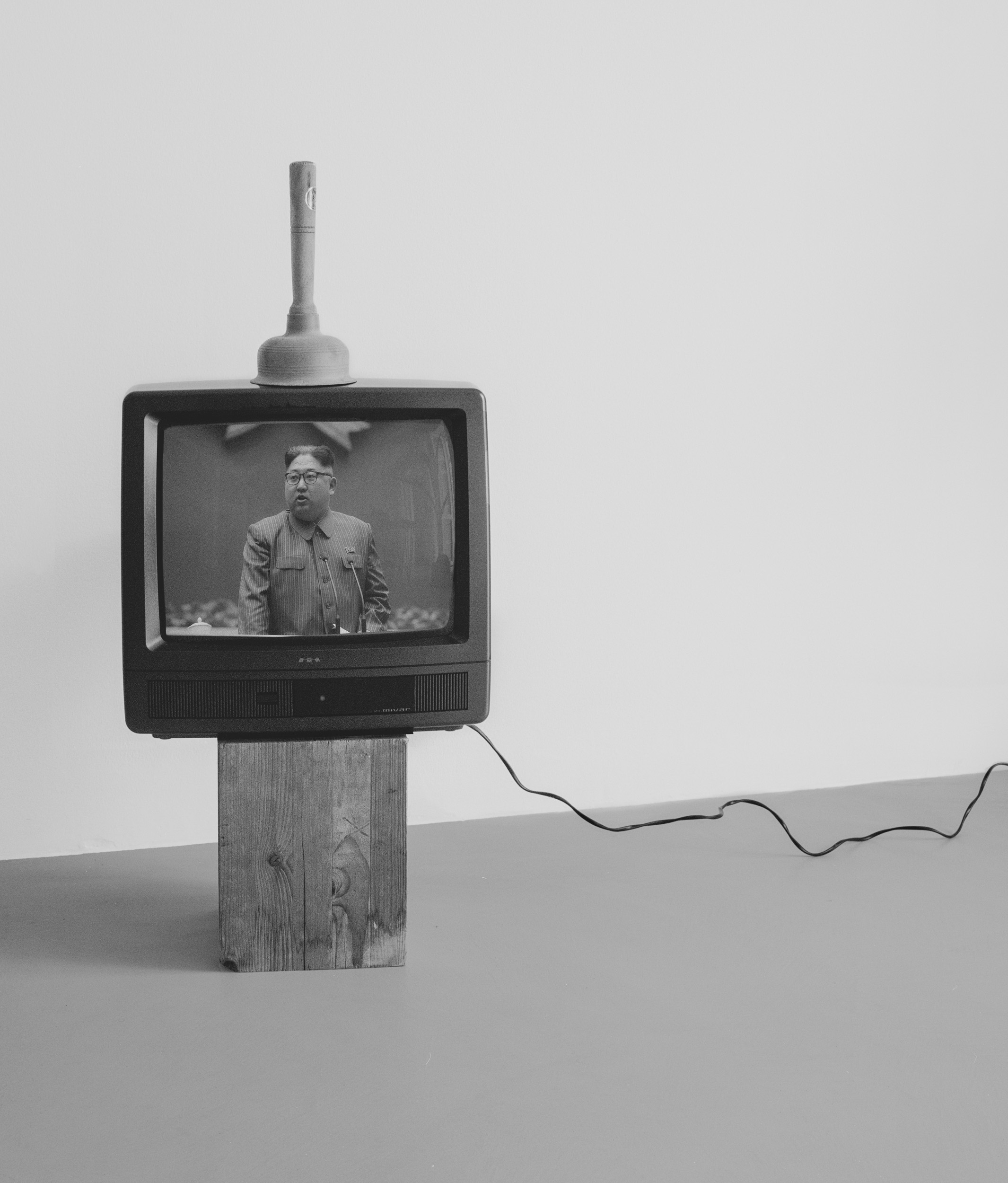
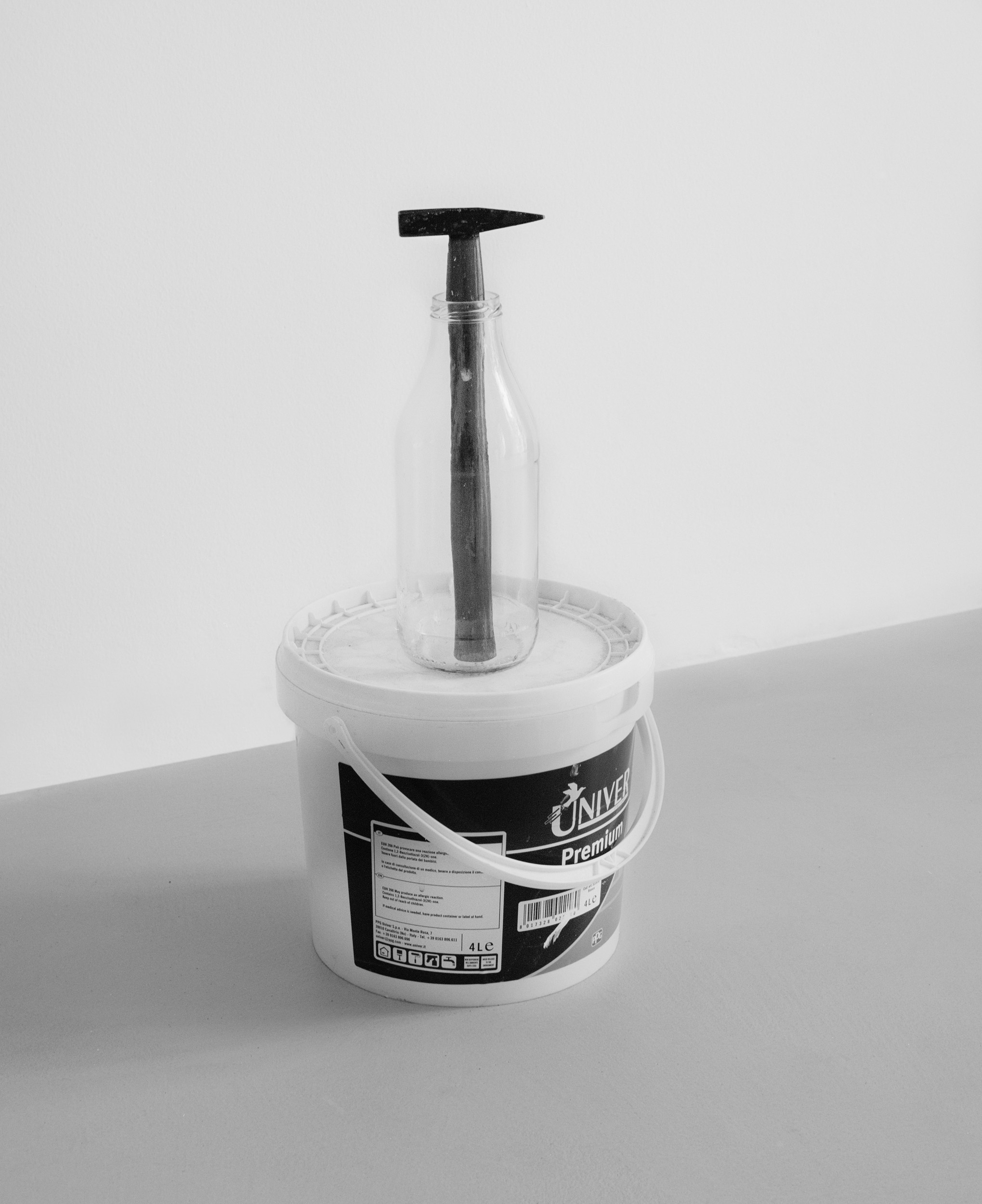
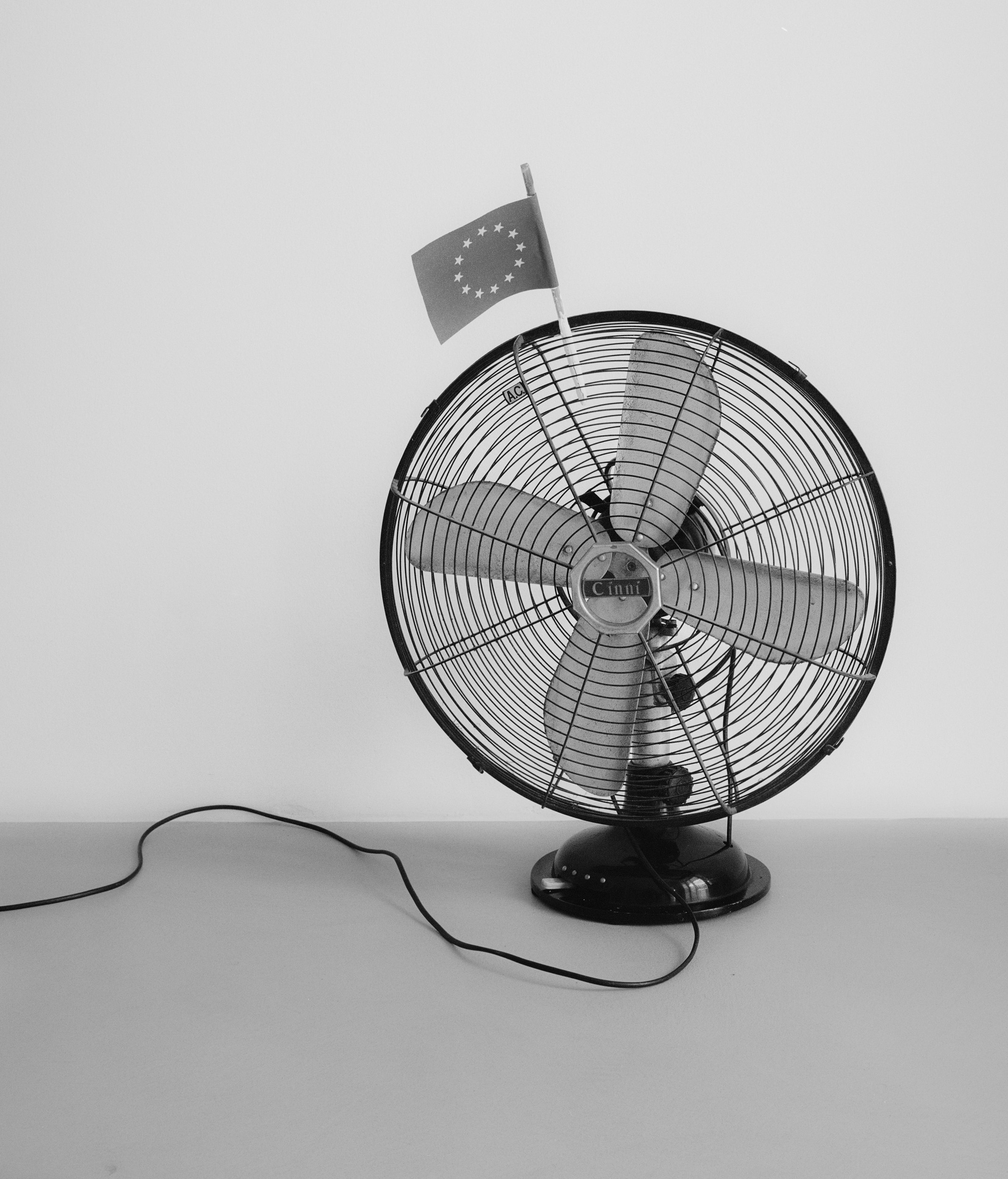
Year: 2020
In Italy, the COVID-19 pandemic crisis and the consequent lockdown measures, led people to confine themselves into their own homes for two months to contain the inevitable spread of the virus. All this time spent at home prompted me to observe my surroundings more closely, thus leading me to borrow elements from everyday life. I produced the installations by combining more or less common objects and creating something completely new with an unprecedented aesthetic value.
Thanks to the progressive loosening of the lockdown measures, and therefore to the possibility of leaving the house more frequently, I began to consider what the road could offer me. I designed installations with objects found outside my home: abandoned building bricks, car tires, wooden planks, an old TV recovered from a box have been used to create hypothetical structures with new possible meanings.
This process, which starts from the choice of an object and ends with the photograph, inevitably spurs me to make reflections on the common elements between ready-made and photography.
The object, chosen and assembled, is a reproduction of reality analogous to the reproductive mechanics of the photographic medium. However, photography is considered to be a physical trace, not of reality as a whole, but of a fragment of reality, the taking of which presupposes a choice, a point of view and therefore an interpretation. As “the found object” is chosen and owned, the reproduced object is captured with the photograph. In the English language, the expression “to take a picture” is used as if to suggest that the act of photographing becomes a predatory act. The act of choosing and displaying objects in a neutral space leads to creating a frame of inclusion and exclusion just as photography tends to include or exclude within the portion of space imposed by both the focal length used and the point of view of the photographer.